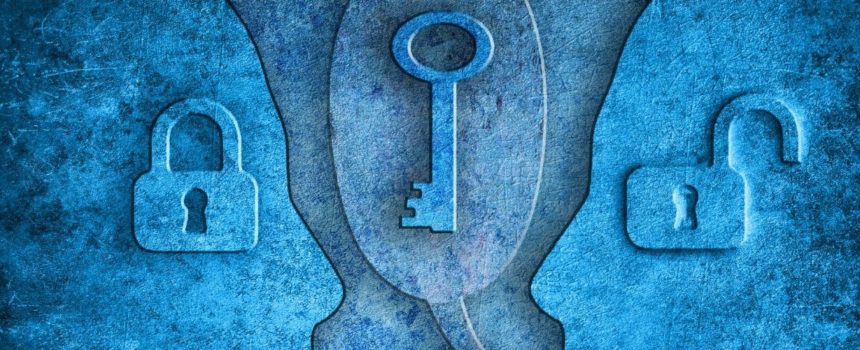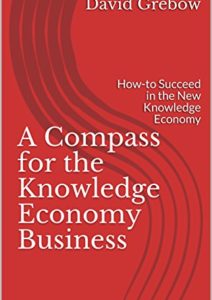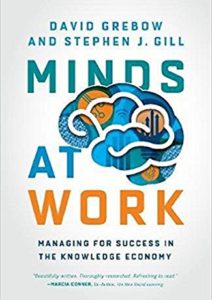Selling in a Knowledge-Economy
The world of selling went through a profound structural change in the 1980s. For the 200 years prior, we ran businesses in the industrial economy. But things changed in the last 20 years of the 20th century. We went from learning how to manage people’s hands, to learning how to manage people’s minds. The problem is that the MBA programs and on-the-job training for managers were still rooted in an industrial economy method of learning, so we were trying to use 20th-century procedures to solve 21st-century problems. Obviously, this is not a recipe for successful selling, and things are moving quickly, so the sooner we can adapt to a knowledge economy way of selling, the better.
The S.A.F.E Method: Story
If you want to be aligned with today’s consumer and be a successful seller in a knowledge economy, follow the “S.A.F.E method.” The S stands for telling a story. When you sell, it is crucial that you tell vivid stories that are compelling and pull people in and keep their interest. Consumers have more choices than ever when trying to select a product or service. They’re also more inundated with marketing ploys than ever. Both of these things make it hard to prospect to clients and get them to listen to what you have to say. Using a story not only helps you connect with your buyers, but it also helps you hold onto their attention long enough to explain to them why your product or service is the answer to the problem that they’re having. It also speaks to the 21st-century buyer. It’s not all about the facts and the specs anymore, most customers can do their own research and get that information online. What makes 21st century selling so unique is that it enables salespeople to bring their own compelling framework to selling.
The S.A.F.E. Method: “A” Ratings
The “A” in the S.A.F.E. method of selling in a knowledge economy stands for getting an “A” rating. In today’s digital world, it’s easier than ever to find reviews on products, and it’s crucial that sellers keep this in mind when they are selling their product or service. People will rate you, and make it a very public rating. Information about products and services is not passed on by word of mouth through trusted others anymore, it’s passed on digitally through strangers and other users throughout the globe. It’s almost like social media is a part of the sales cycle, and it’s vital to keep that in mind when selling.
The S.A.F.E. Method: Frictionless Experience
The “F” and “E” in the S.A.F.E method stands for a frictionless experience. User interface and user experience designers try to figure out the quickest, easiest way for customers to get what they want. If it takes a lot of screens or numerous clicks in order to find your product, read the ratings and reviews, and make your purchase, that creates a lot of friction, and you’re going to lose clients. Creating a frictionless experience for customers means making it as easy as possible for them to get from a place of needing something, to actually having the product and enjoying it. It’s notable that the experience does not stop once the customer purchases the product, or even once the customer receives the product. The experience ends when the customer has purchased, received, and evaluated the product. Ensuring that your customers have a frictionless experience means more successful selling.














Comments